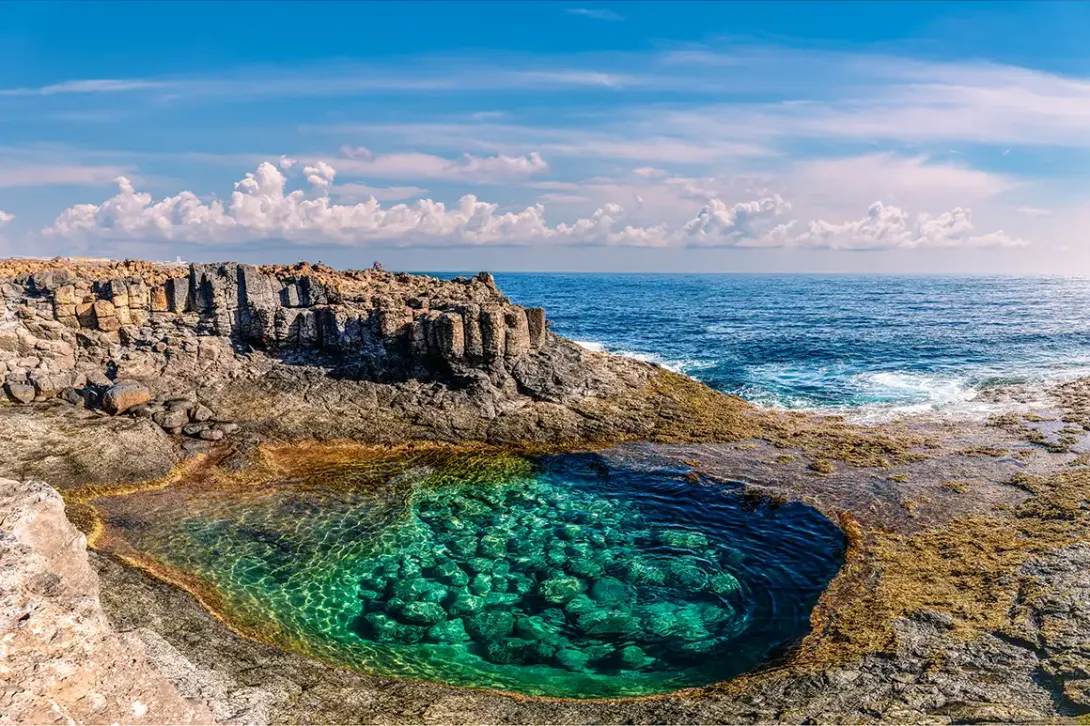
10 natural wonders of the Canary Islands
The eight islands that make up the archipelago are full of unique landscapes, brimming with contrasts. We have selected the ones that must be visited when travelling to this destination.
Seas of dunes dancing to the rhythm of the wind, ancient forests of lush vegetation, red-stained volcanic landscapes and natural swimming pools of emerald green water: the natural attractions of the Canary Islands are immense. With their four national parks and seven biosphere reserves, it is not surprising that the archipelago is considered one of the most valuable ecosystems in the world.
Tenerife, Gran Canaria, Lanzarote, Fuerteventura, La Palma, La Gomera and El Hierro form a kaleidoscope of settings, which are packed full of contrasts. From Lanzarote, a short trip by ferry takes travellers to another even remoter paradise: La Graciosa, one of the last remaining corners on the continent with only dirt roads.
Either discovering its volcanic, forest or desert landscapes, hiking or by car, visiting the islands is always an adventure. As is cruising through its waters to reach picturesque fishing villages and hidden caves, watching dolphins and whales along the way
10 natural wonders of the Canary Islands

Teide, Tenerife
1 of 10
With its 3,718 metres, it is the highest peak in Spain, in addition to the most visited one; it is also a UNESCO world heritage site. When travelling to Tenerife, it is inexcusable not to visit Teide. Three million tourists every year turn it into the most visited national park in Spain and Europe, which can be covered on foot thanks to an extensive network of footpaths, following self-guided routes or using official guides. The cable car should not be missed, which will take us to the famous viewing point to enjoy a breathtaking panoramic view.
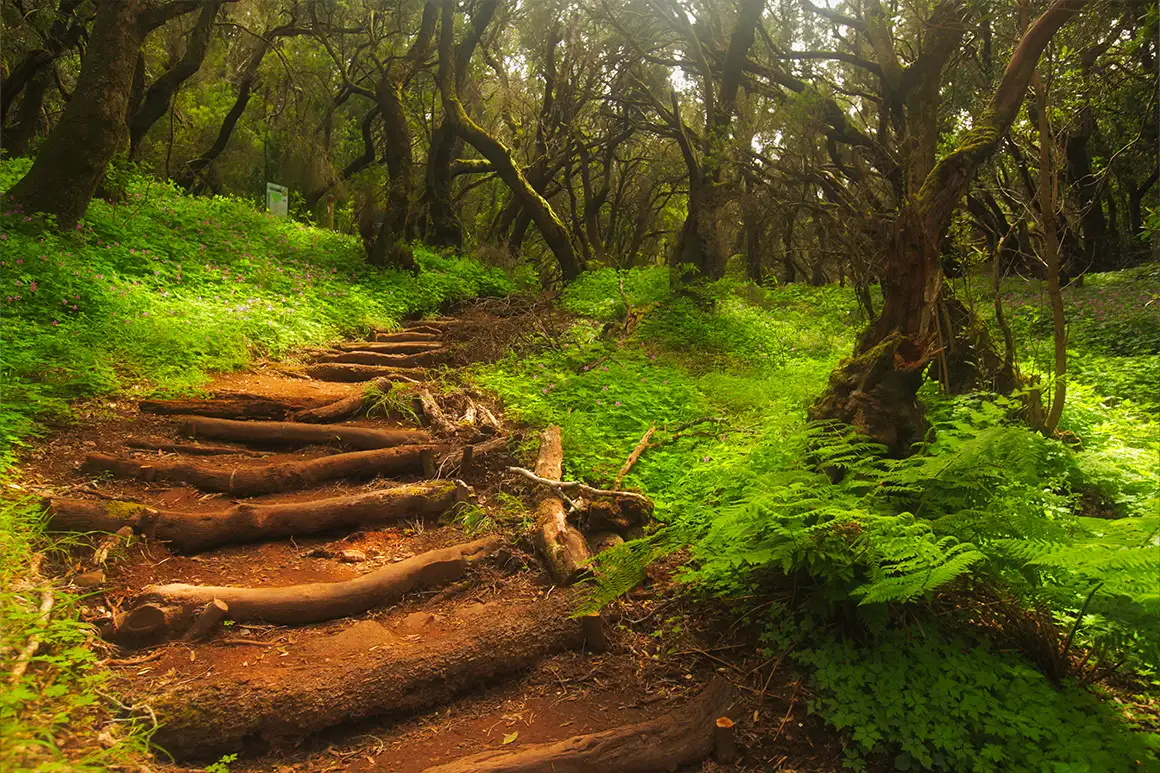
Garajonay National Park, La Gomera
2 of 10
An enchanted forest, straight out of a Brothers Grimm fairy tale, or from a scene from Jurassic Park: the Garajonay National Park is worth a visit to the small Canary Island of La Gomera on its own. Nature fiercely takes over in this forest, the main treasure of which is the laurisilvia, or laurel forest, ancient trees similar to laurel, lush and dark green colour in colour. Abundant millions of years ago, currently they only survive in a handful of places around the world and one of the most outstanding sites is this protected reserve that forms part of the 4,000 hectares of the park.
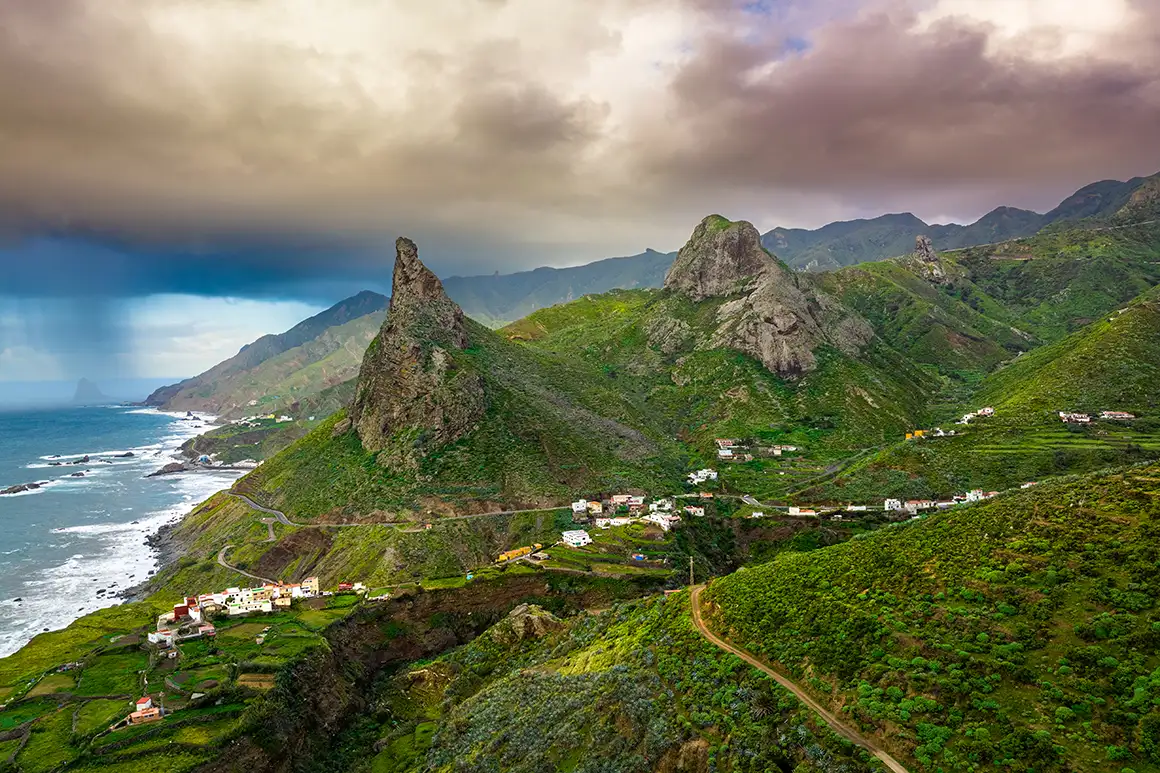
Anaga Country Park, Tenerife
3 of 10
Hiking, mountain biking, horse riding… there are many ways of enjoying the Anaga Country Park, which rises up a few minutes’ journey from Santa Cruz de Tenerife. It has over 14,000 hectares that spread through the districts of La Laguna, Santa Cruz de Tenerife and Tegueste and in which, in addition to an imposing mountain range with rugged peaks, we will find breathtaking ravines, ‘roques’ (ancient volcanic chimneys) and the most impressive element: a dense sea of clouds that seem to submerge travellers into a hypnotic dreamlike world.
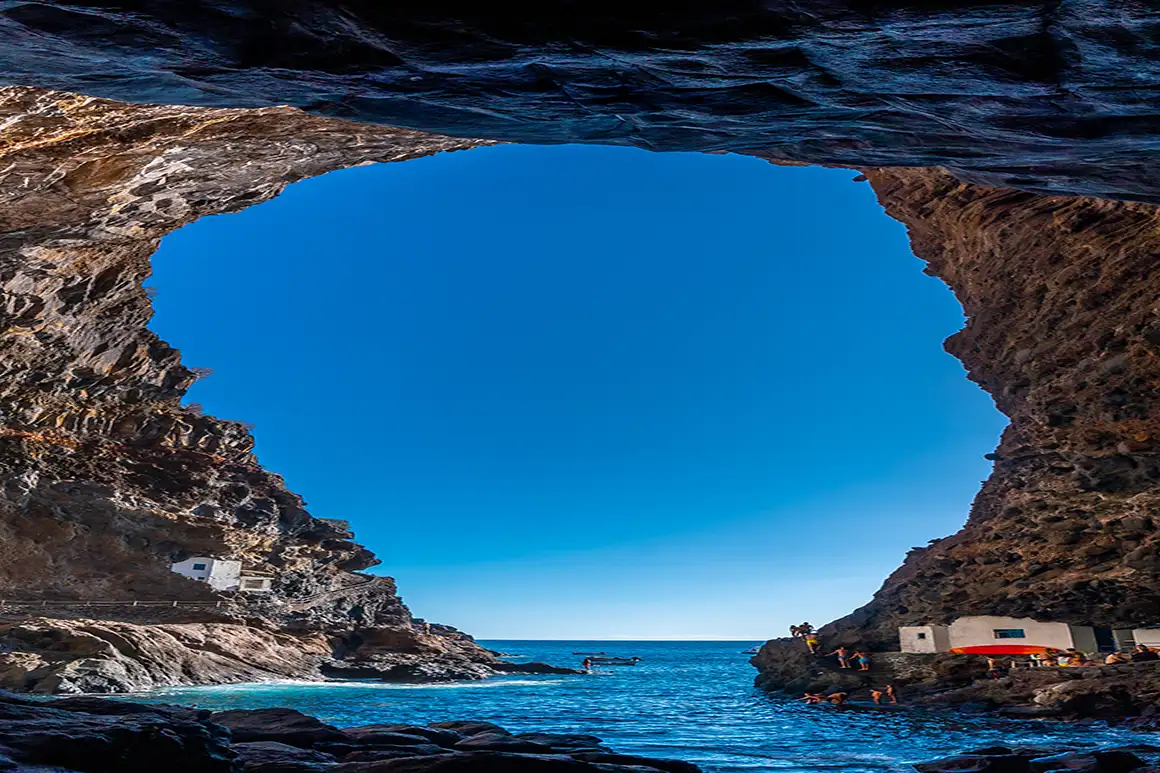
Porís de Candelaria, La Palma
4 of 10
With its star-studded skies, its black sandy beaches and exuberant forests, La Palma, deservedly given the name of la isla bonita (the beautiful island), is an addictive destination. One of its most special corners is Porís de Candelaria, a fishing village nestled inside a cave that makes a unique picturesque setting. It is a group of charming, little white houses that the island’s inhabitants built in a 50 metre-high cave over a century ago. To reach the village, you have to travel to Tijarafe along a winding road, or sign up for one of the boat trips that stop at this spot.
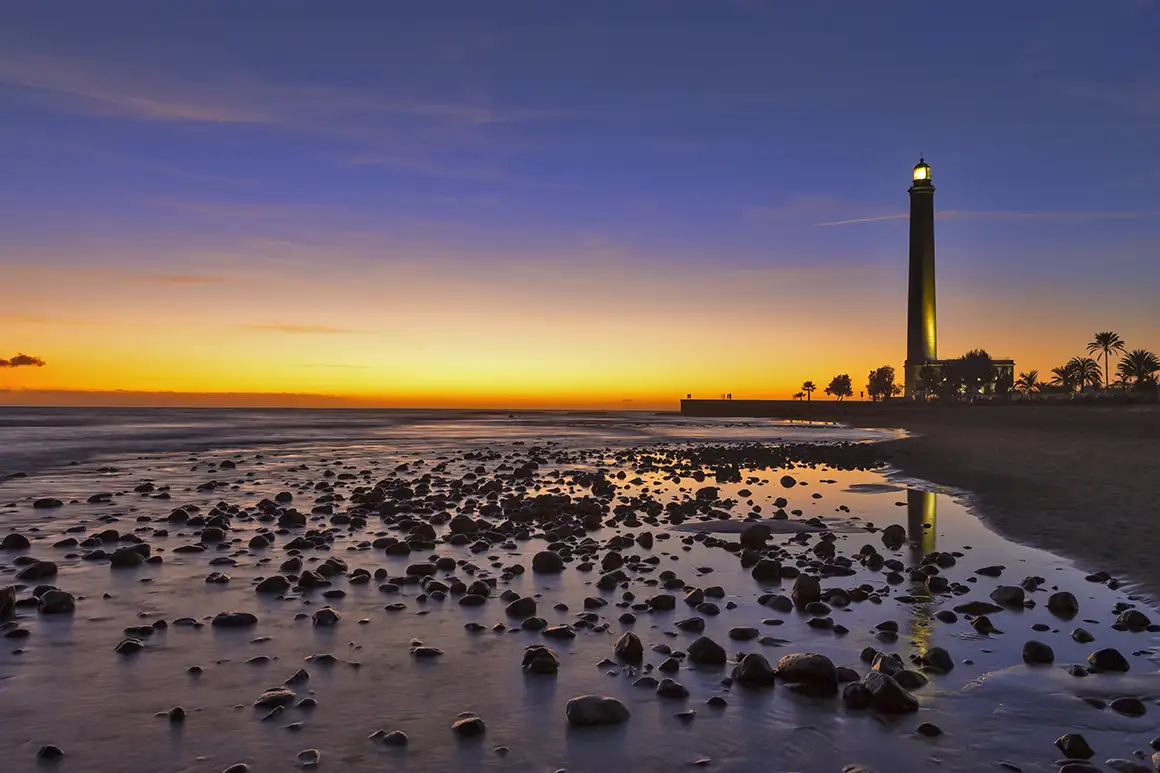
Maspalomas Lighthouse, Gran Canaria
5 of 10
Gran Canaria is often, with great accuracy, talked about as a real continent in miniature, on which all kinds of landscapes and climates occur. One of the top places to visit is the Natural Reserve of the Maspalomas Dunes, a highly valuable natural space that includes El Palmeral, La Charca and Las Dunas. Nestled between the sea and the sand, La Charca is a haven for countless birds that rest here during their migrations to Africa. Next to La Charca there is a sea of dunes which change their appearance, at the mercy of the wind, creating a visual spectacle that every year attracts thousands of travellers.
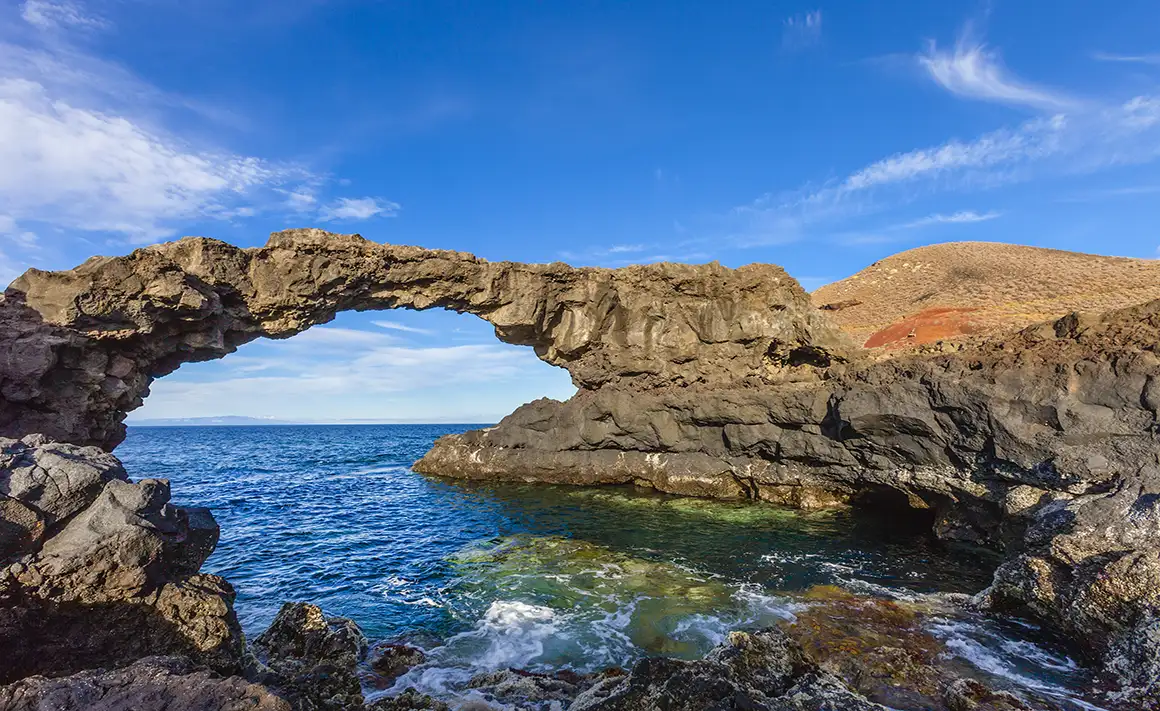
Charco Manso, El Hierro
6 of 10
With its leisurely pace, its volcanic land, its exuberant forests and its marine reserves, there is no doubt that El Hierro gives off a special energy. Its rugged coastline hides an infinity of places to swim that will remain engraved on travellers’ minds, such as the swimming pools at La Caleta and La Maceta or the spectacular Charco Azul and Charco Manso. The latter is reached by travelling along a winding road, surrounded by volcanic landscapes, where nature has capriciously formed caves, arches and small pools that make up an unparalleled view.
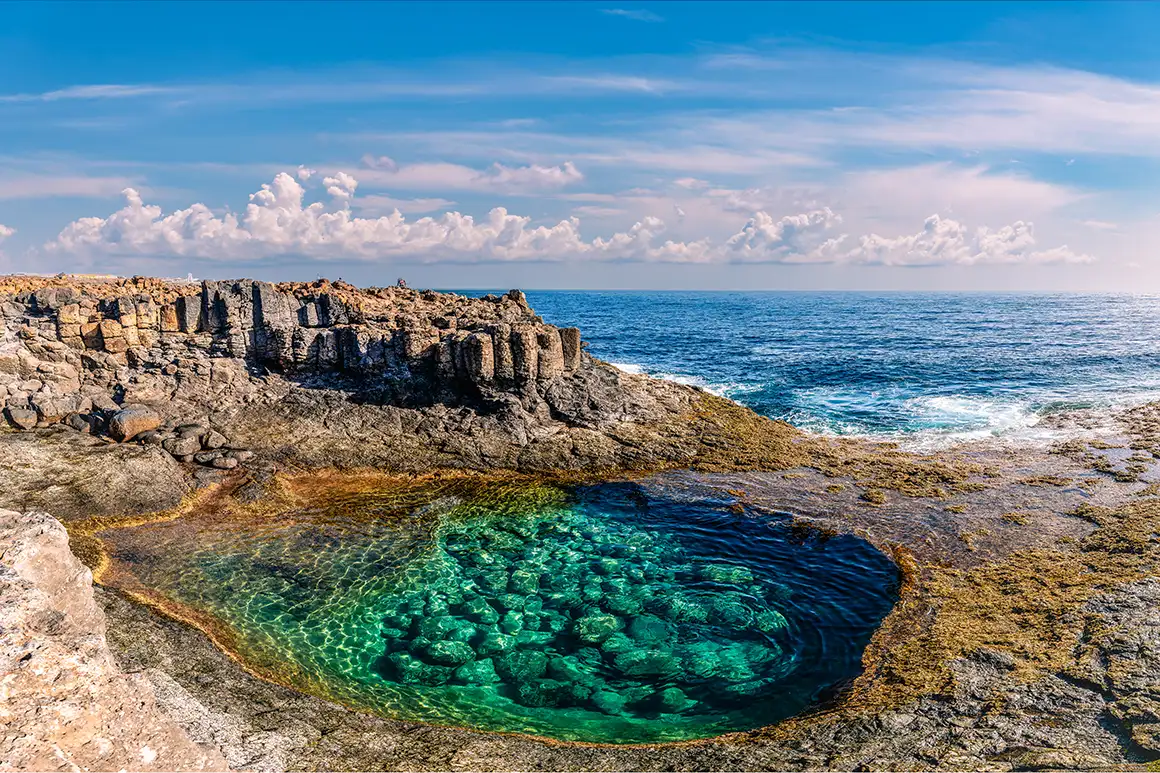
Caleta de Fuste, Fuerteventura
7 of 10
Arid and desert-like, Fuerteventura has the most beautiful beaches in the Canary Islands – which is saying something – turning it into a true paradise for surfers, but also for those who love hiking and those who enjoy the tranquillity. Amongst the essential places to visit the beach at Cofete stands out, with a never-ending expanse of sand or the Bajo de la Burra beach, known for its rhodoliths, with their curious popcorn shape. To the south of the island there is another of the most spectacular beaches, the Caleta de Fuste, with volcanic rocks that form a natural swimming pool filled with emerald green water.
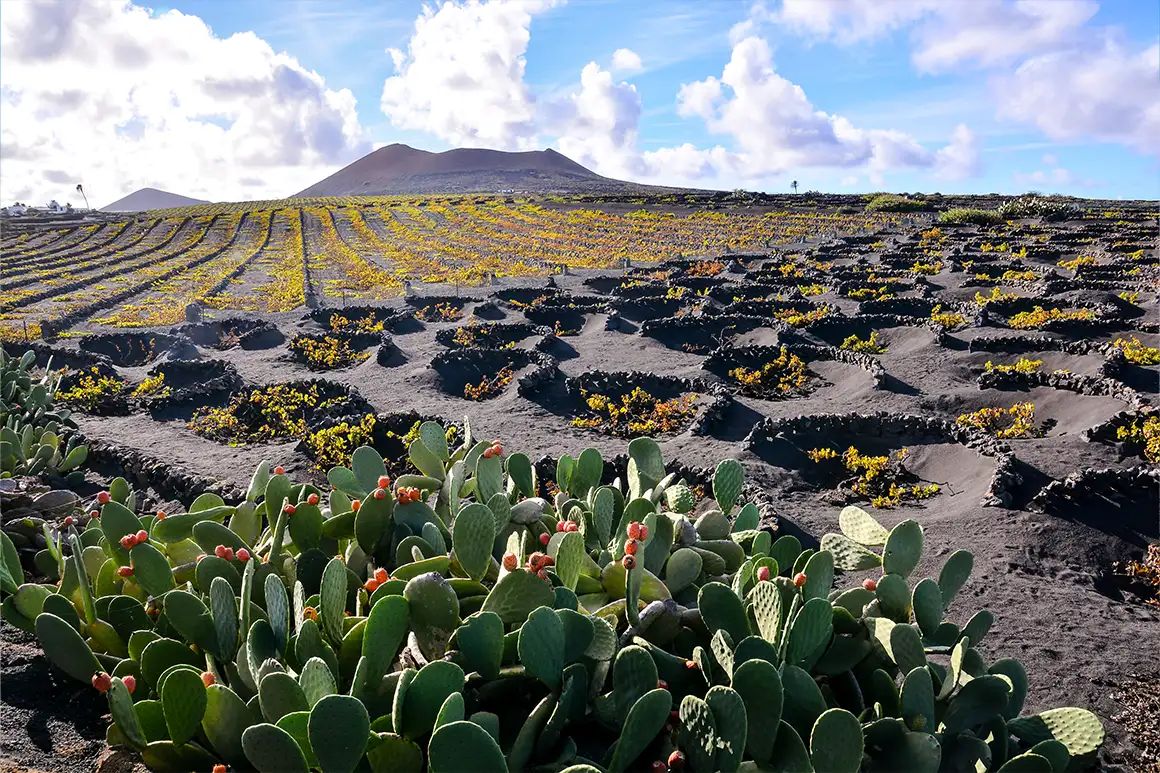
Vineyards in La Geria, Lanzarote
8 of 10
The volcanic island of Lanzarote, with its windswept, red-stained lunar landscapes, is packed full of magical corners. One of them is the Protected Natural Park of La Geria, with its impressive, yet curious vineyards, which have little walls of volcanic soil that protect the vines that will nurture the Malvasia grapes. It houses around twenty wineries, some of them with centuries of activity behind them. In addition to guided visits, they offer wine tourism proposals such as pairings, wine tastings or even hiking amongst volcanoes and vineyards.
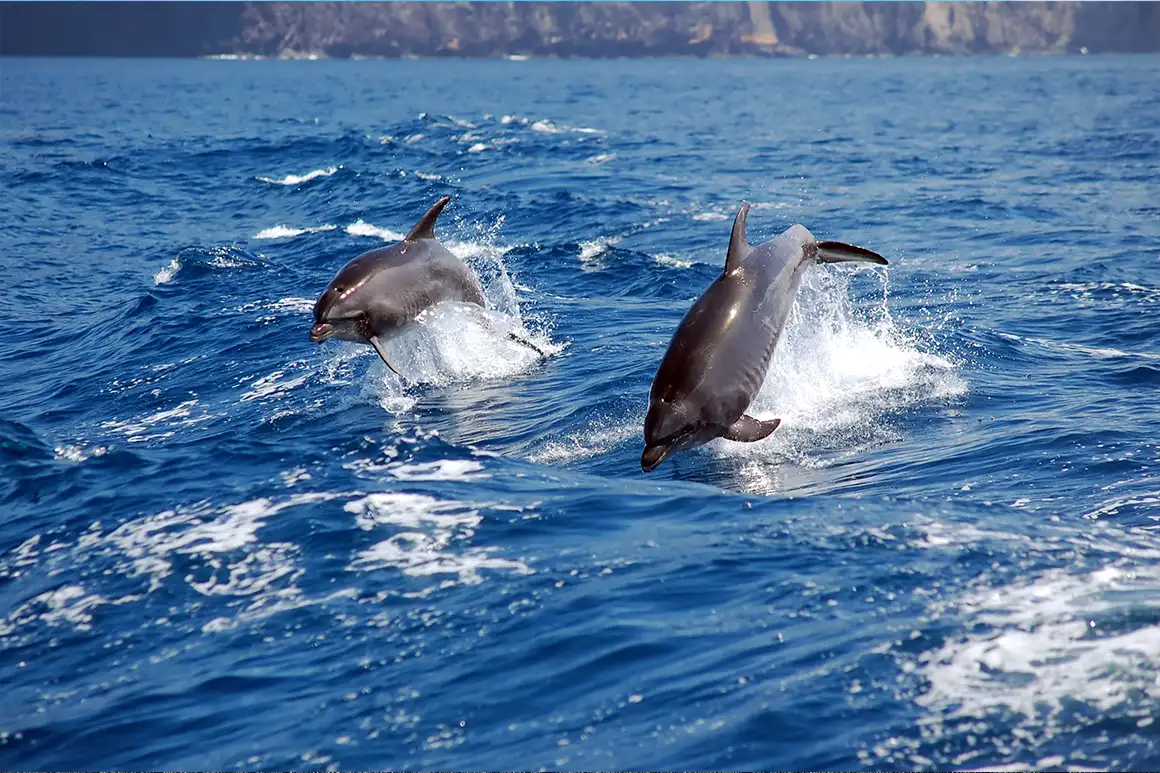
Dolphin and whale watching
9 of 10
All year long, many species of dolphins and whales may be easily seen around the Canary Islands, as it is one of the best destinations on the continent for this. There are innumerable companies that offer trips to see these animals; with a wide range of prices and services. The season for watching the large migratory whales runs from November to April.

Canary Island gastronomy
10 of 10
Each of the islands has its own particular gastronomic delights, but there are some dishes that we will find on all of them. ‘Gofio’, a variety of flour made from hand-roasted corn or millet; and the ‘papas arrugadas con mojo picón’ (wrinkled potatoes with spicy pepper sauce), which are eaten as a starter and also as a garnish for meat and fish, are two of the proposals that are present on all the restaurant menus on the islands.




